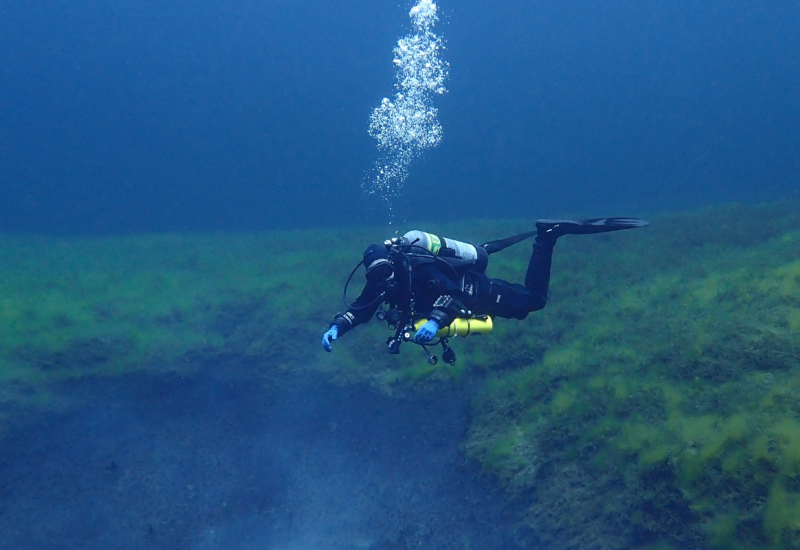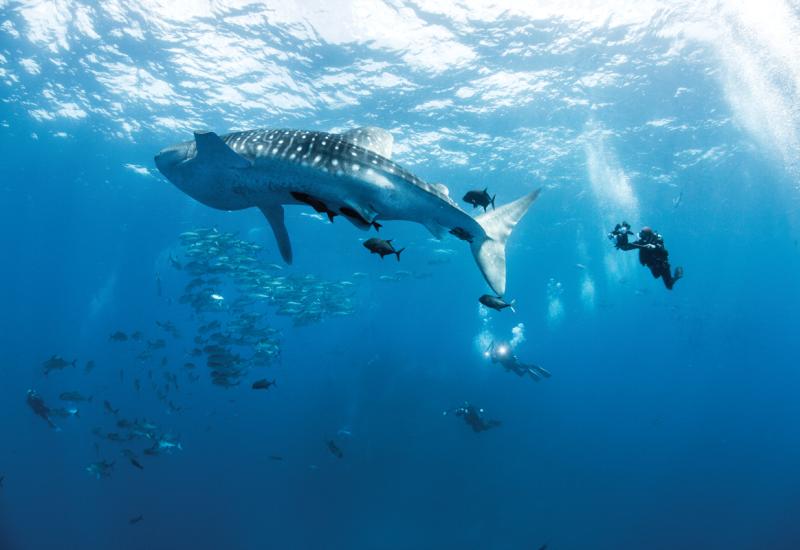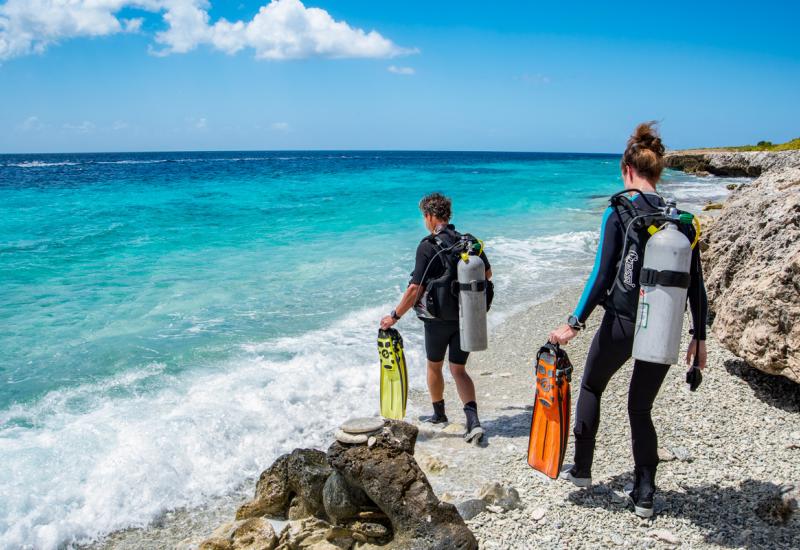Gear Maintenance: Regulators
Follow these predive and post dive steps to keep your regulator in top-notch working condition.
Pre-dive
It is a good idea to connect your regulator to a tank when preparing your gear for a dive trip. Take a few breaths from the regulator, a few breaths from the octopus and check the SPG for an accurate reading. Visually inspect all regulator hoses to ensure there are no cracks, make sure there are no holes or tears in the mouthpieces and check the metal fittings for corrosion. If you use hose protectors, slide them away from the first stage to check beneath them. At the same time, look for corrosion on the metal first stage. Cracks in the hoses or obvious corrosion on any of the regulator’s components require professional service from a qualified technician. Next, disconnect the regulator from the tank, replace the dust cover, inhale on each regulator forcefully and hold a vacuum. Each regulator should let in either a very tiny trickle of air or no air at all.
Post-dive
When rinsing your regulator, make sure the purge valves on the second stage do not get depressed and the first stage dust cover is firmly in place. After dunking the entire octopus, rinse your second stages by running warm water through the regulator mouthpiece and out the exhaust diaphragm. Rinse the fitting that connects to your low-pressure inflator by working the slip coupling back and forth while holding it under warm running water.
Follow these predive and post dive steps to keep your regulator in top-notch working condition.
Pre-dive
It is a good idea to connect your regulator to a tank when preparing your gear for a dive trip. Take a few breaths from the regulator, a few breaths from the octopus and check the SPG for an accurate reading. Visually inspect all regulator hoses to ensure there are no cracks, make sure there are no holes or tears in the mouthpieces and check the metal fittings for corrosion. If you use hose protectors, slide them away from the first stage to check beneath them. At the same time, look for corrosion on the metal first stage. Cracks in the hoses or obvious corrosion on any of the regulator’s components require professional service from a qualified technician. Next, disconnect the regulator from the tank, replace the dust cover, inhale on each regulator forcefully and hold a vacuum. Each regulator should let in either a very tiny trickle of air or no air at all.
Post-dive
When rinsing your regulator, make sure the purge valves on the second stage do not get depressed and the first stage dust cover is firmly in place. After dunking the entire octopus, rinse your second stages by running warm water through the regulator mouthpiece and out the exhaust diaphragm. Rinse the fitting that connects to your low-pressure inflator by working the slip coupling back and forth while holding it under warm running water.










